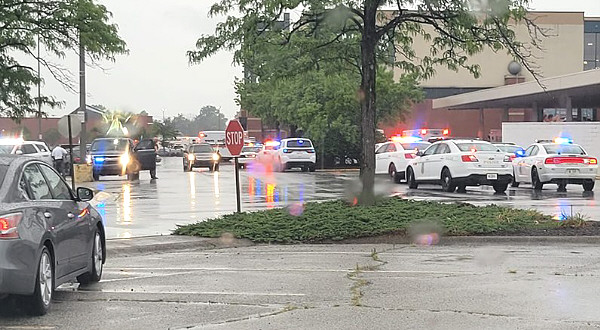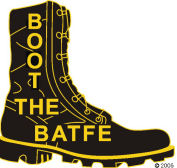

How Hard is it to Stop Mass Murder?

By Rob Morse. July 18, 2022
Article Source
It made the news today. A mass murderer opened fire in a food-court. The murderer was armed with a rifle. He killed three people before he was stopped by a 22-year-old who was carrying a handgun. All this took place in a mall south of Indianapolis, Indiana. Those are the facts, but most people don’t know what the facts mean. Was a young man stopping a mass murderer a matter of luck or was it the expected outcome that experts anticipated? Let’s look at the things you might want to know to make sense of the outcome.
Two-sided combat is a nightmare no matter how you are armed. A plastic sign at the mall said no weapons allowed. That sign gives the police authority to arrest gang members when the gangs gather at the mall. A plastic sign does not stop a mass murderer. The murderer failed the victim-selection process when the armed defender recognized what was happening and decided to intervene.

A dozen lives
Mass murderers go to “gun free” zones so they can engage in one-sided combat. They will kill about 14 people if we wait for the police to arrive and stop the attack.
If there is an armed citizen there, then the murderer is stopped after he has killed 2 to 3 people. Armed citizens who intervene are almost always successful in stopping the attack. The reason is obvious when you think about it.
We don’t have eyes in the back of our head. That means we are always vulnerable to being attacked from behind. In practice, our “blind spot” is far larger than that. Using a firearm means we have to focus our attention on our target. That blinds us to almost everything else. I’ve felt my perceptions narrow when I was in force-on-force training. It is the same reason we don’t notice a friend approaching us when we’re deep in conversation. We were busy doing something else.
That “blind spot” is how a defender with a handgun stops an attacker armed with a rifle. I bet the attacker never saw him, and that is simply the perceptual dynamics of armed combat in an open area.
We don’t know what we don’t know. If you’ve never done it, then the simple act of shooting a firearm seems like an unbelievable thing to do. You soon find out that almost anyone can make the gun go bang. Hitting your intended target is harder. At first you’re happy to put your shots on a piece of paper at 5 yards. Later you’ll find out that some people can hit a target the size of a quarter at 75 feet.. time after time. That isn’t a secret, but you wouldn’t know it unless you study shooters.
Yes, people carry a loaded firearm concealed on their body in public every day. You don’t know how many people are doing it around you because you can’t see concealed carry. National averages are about one-out-a-dozen adults are armed.
You might imagine that having armed individuals next to you is dangerous. Instead, it is one of the safest environments we have. To proove my point, I remember standing within a few feet of the son of a presidential candidate. I stepped back so he could talk to one of the vendors. I was armed and so were about 15-thousand other people walking around in the convention center. I don’t know how the Secret Service felt about that.
One of the things that unarmed citizens might imagine is that people suffer uncontrollable impulses to shoot someone. I’ve never felt that. I imagine that I would not want to carry a firearm if I acted that impulsively. Do you fear that you’ll swerve your car into oncoming traffic? Is that why you don’t drive?
People learn to shoot. They learn to carry concealed. They can learn to move with a gun and to fight with one. They also learn to walk toward the sound of gunfire. I’ve worked with armed school staff in training exercises. They moved toward the sounds of gunfire time after time.
We should keep an open mind about what our neighbors can accomplish.
~_~_
Sources-
https://www.indystar.com/story/news/crime/2022/07/17/greenwood ....
https://slowfacts.wordpress.com/2021/11/26/now-we-know ....
![]()

























